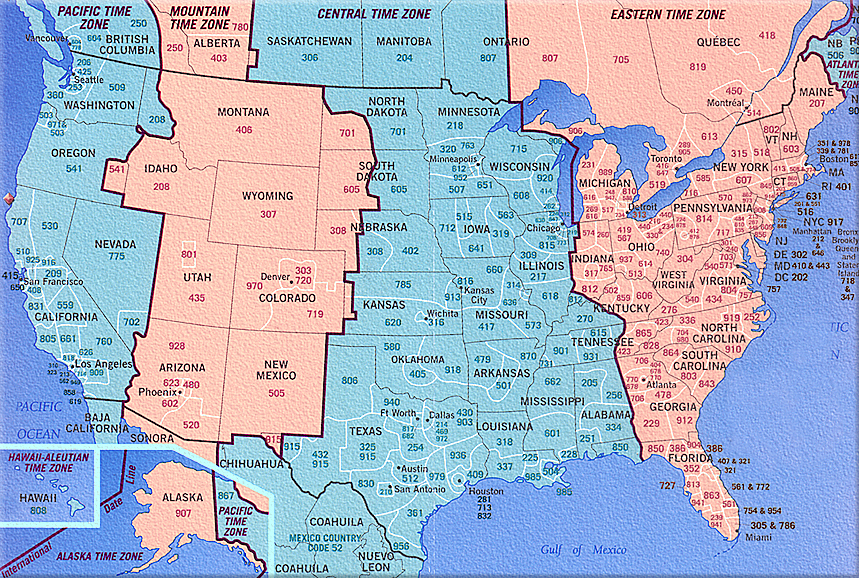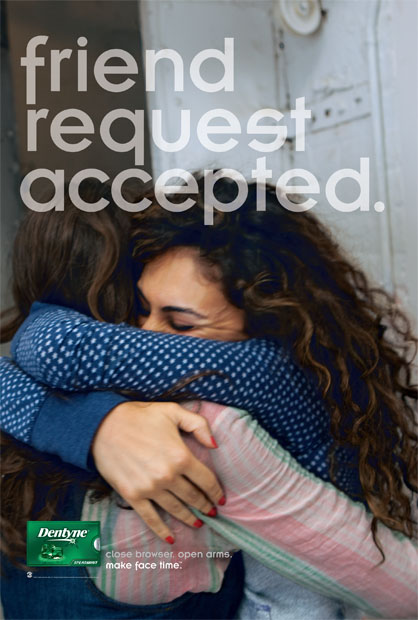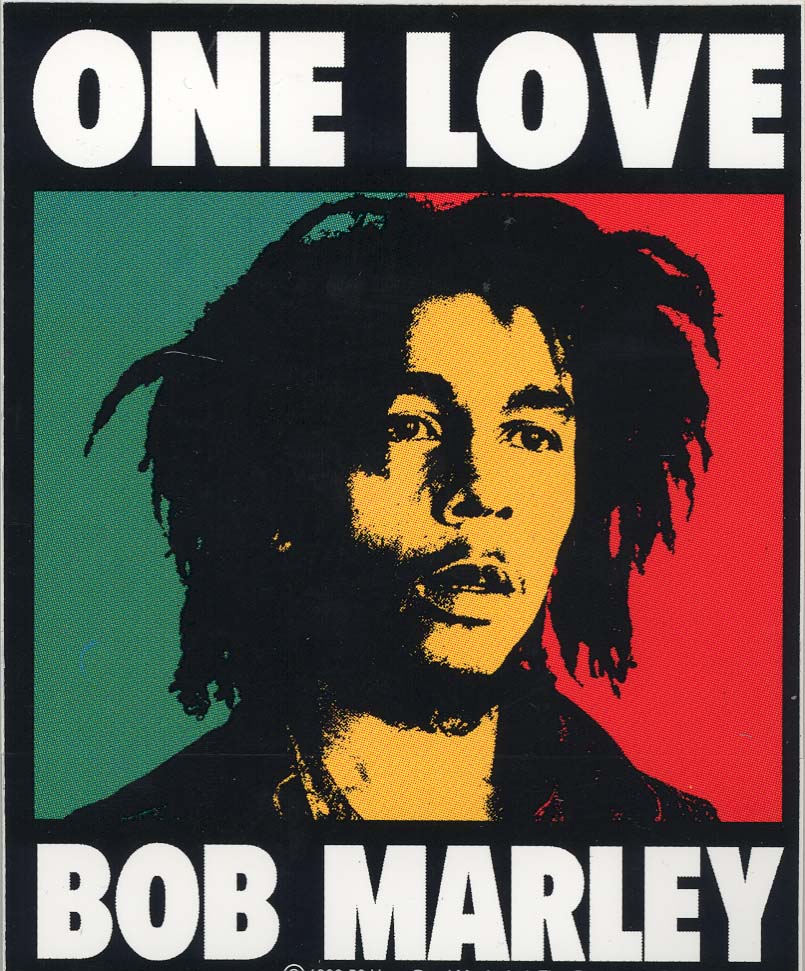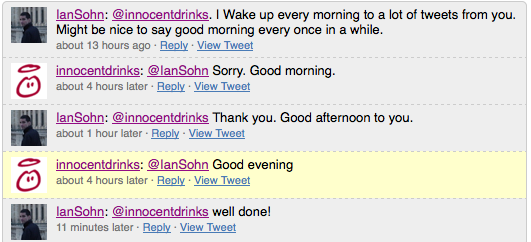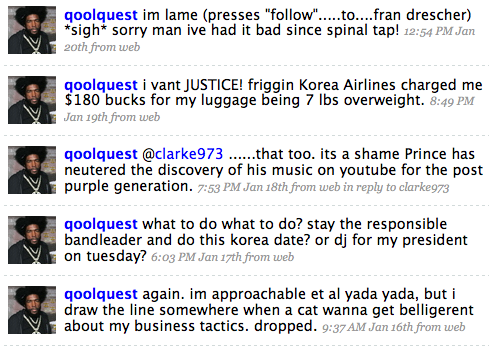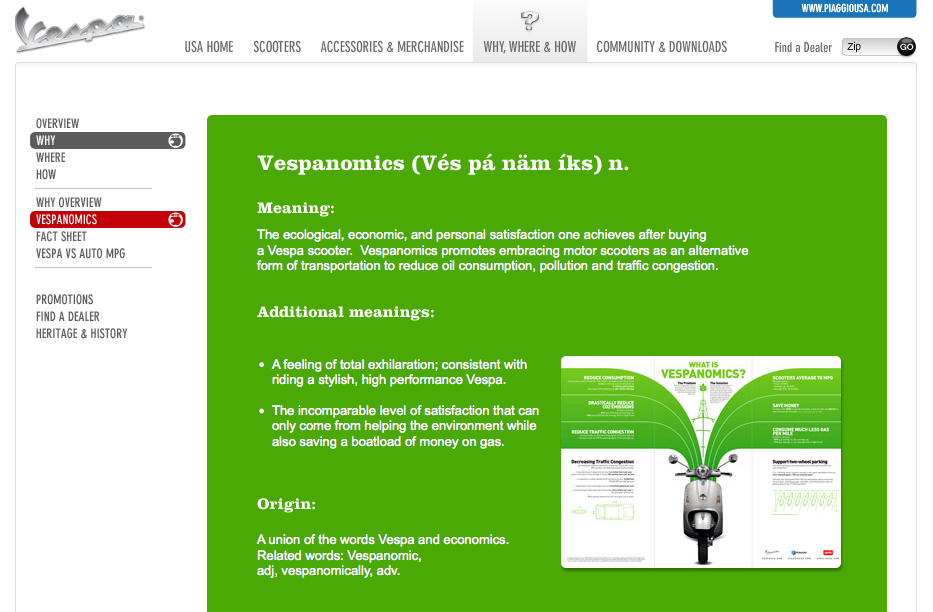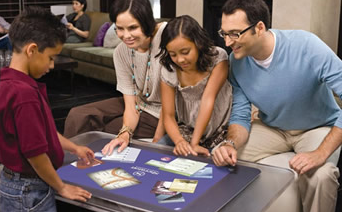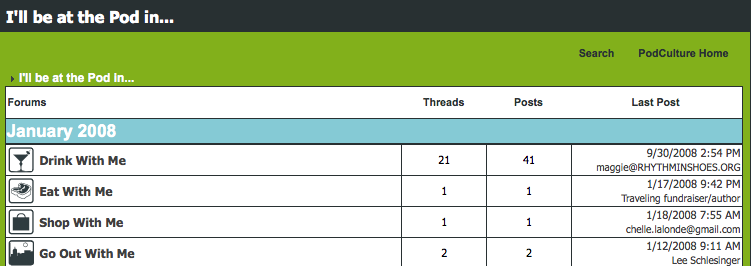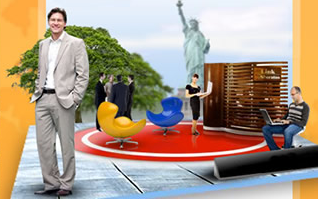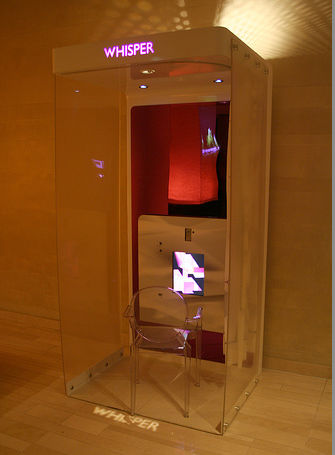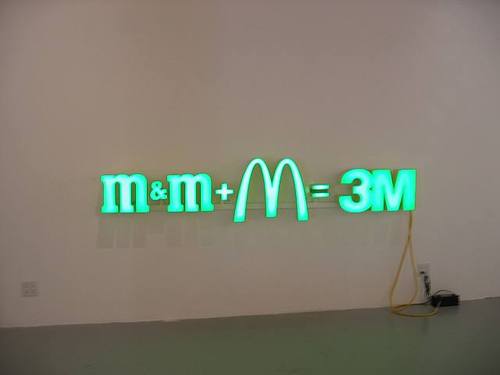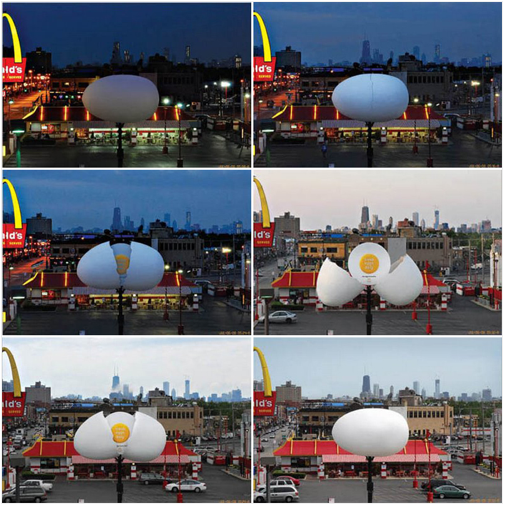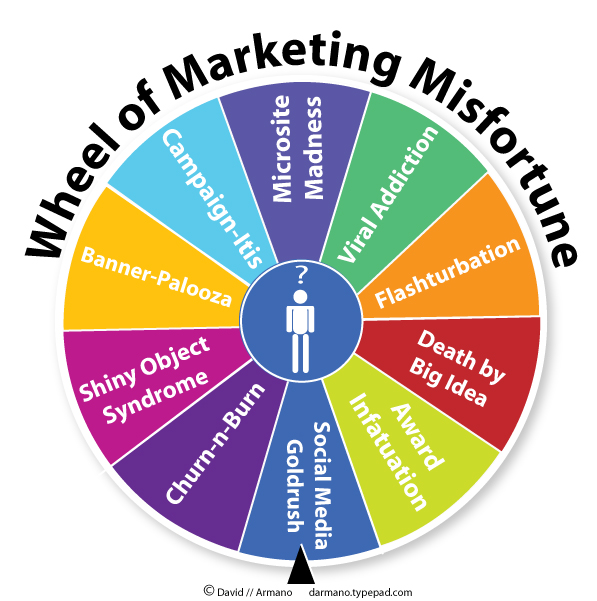A lot of smart people have given a lot more thought to personal branding than I have [here's a provocative post from David Armano to get you started]. But I've never seen a discussion about how - in a time when caller ID is ubiquitous - your area code affects your personal brand. I have no doubt that some area codes carry certain advantages and others, baggage.
With the advent of national calling plans more and more people find no reason to change their cell phone numbers when they relocate. In fact, keeping the number from their previous city is a way of clinging to an old identity [my wife being one example - I can't imagine her ever giving up her 917].
Even more interesting to me are businesses using VOIP to route numbers to more desirable area codes than their actual physical location. I suppose for some businesses this makes perfect sense [executive recruiters is one that immediately comes to mind].
And all you New Yorkers know the desperate battles fought a few years ago to secure a 212 when 646 first hit the scene [by the way, a New York friend of mine believes the 646 stigma is over for cell and home phones, but might still exist for businesses].
Does 917 imply sophistication? Do you think someone from the 305 is more free spirited? Is everyone in 617 scrappy? Do 303ers live a more balanced lifestyle? Is every caller from 312 calling from the middle of a steak dinner? When you see 323 do you think slick?
Don't get me wrong - I love my 312. But I guess if I had to map what I want others to think of me onto an area code, I would choose 415. When I see 415 I think sophisticated, savvy, tech-forward [but not too geeky] and open-minded.
Do you judge people by their area code? If so, how? And what area code do you think best represents you?
